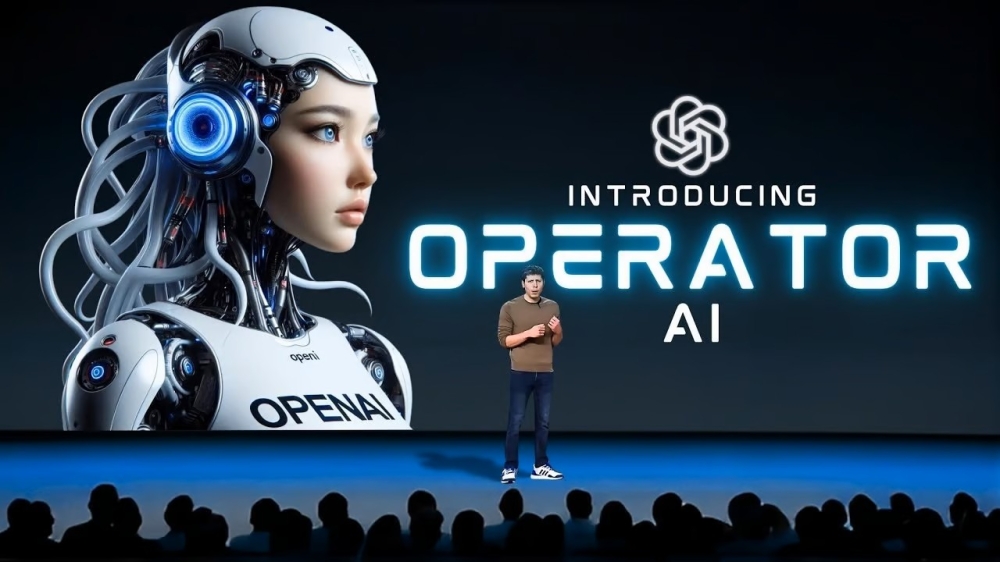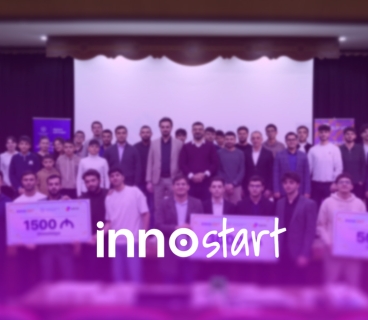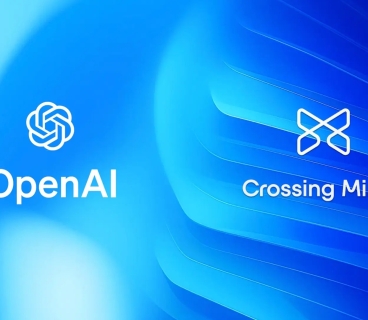OpenAI has announced a significant upgrade to its AI agent, Operator. The underlying AI model powering Operator has now been updated to the latest model in OpenAI’s “o” series, the o3 model.
Previously, Operator functioned on a customized version of GPT-4o. However, according to OpenAI, the o3 model demonstrates more advanced performance, especially in tasks that require mathematical and logical reasoning, making it more powerful than GPT‑4o in these areas.
OpenAI stated in an official blog post:
“We are replacing the GPT‑4o-based model for Operator with a version based on OpenAI o3. The API version will remain based on GPT‑4o for now.”
Operator is an AI agent capable of autonomously browsing the internet and using specific software within a cloud-based virtual machine to carry out users’ tasks.
OpenAI is not alone in advancing this field. Tech giants like Google and Anthropic have also made notable progress. Google, through its Gemini API, offers a "computer use" agent that can act on behalf of users by browsing the web and taking various actions. Anthropic, meanwhile, has developed AI models capable of opening files and navigating web pages.
The new o3 Operator model has been fine-tuned with additional safety datasets specifically for computer use. This training aims to teach the model OpenAI’s “decision boundaries” regarding confirmations and refusals.
A technical report released by OpenAI highlights that o3 Operator performs better in terms of safety compared to the previous model. It is more resilient to risks such as executing prohibited activities, searching for sensitive personal data, or falling victim to prompt injection attacks.
That said, OpenAI clarified that although the o3 Operator model inherits o3’s coding capabilities, it does not have direct access to a coding environment or terminal. Its safety strategy, as with the GPT‑4o version, follows a multi-layered approach.







